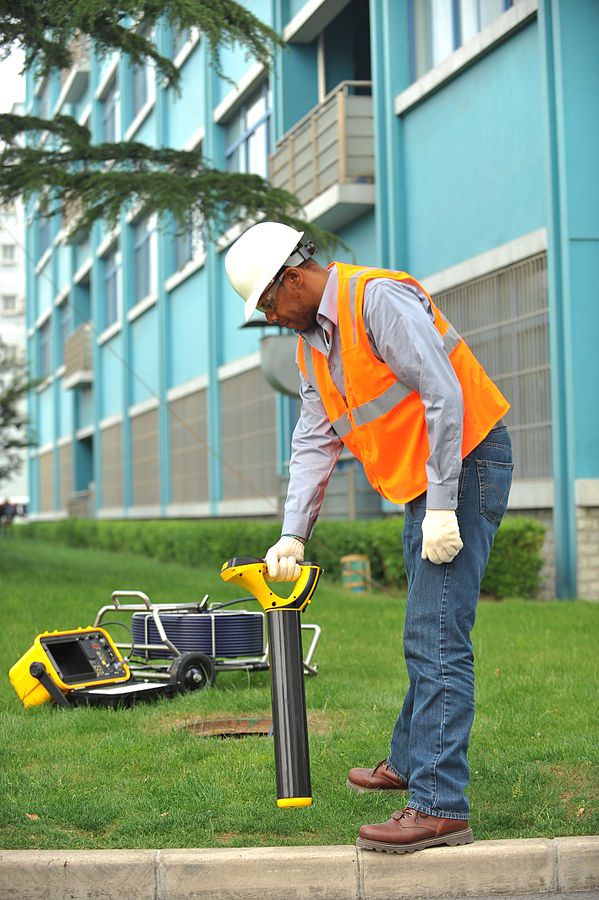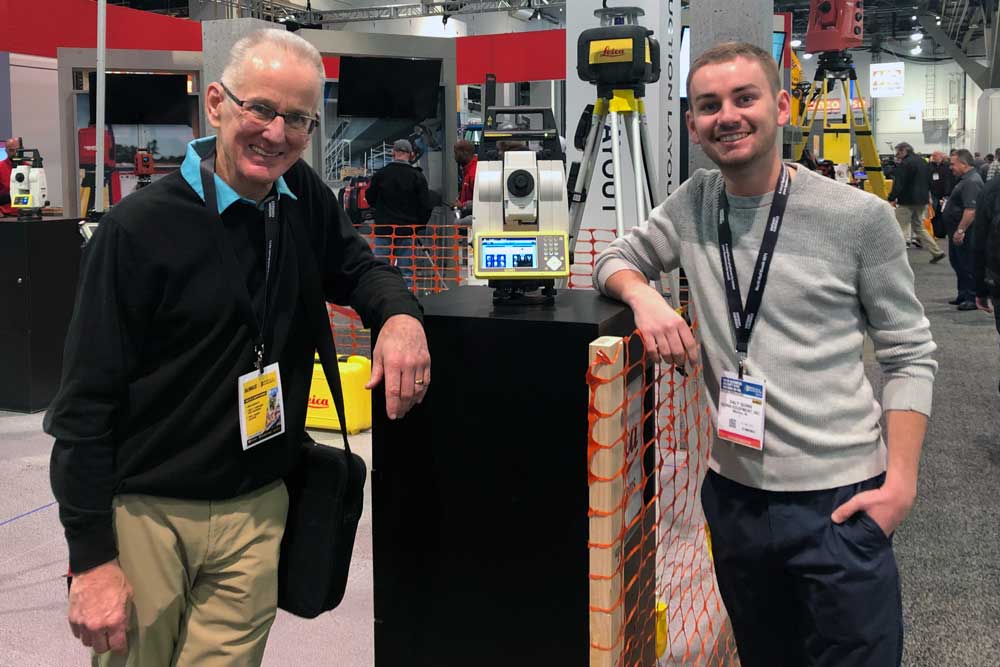Before construction can be done on the property, the area has to be surveyed using an underground utility locator tool to ensure its safety to start digging. There are methods that companies use in locating underground utilities.
Moreover, when starting an excavating project or new building, it is essential to detect any underground utility mapping before the project begins.

What are some Common Uses of an Underground Utility Locator Tool?
Today, we'll discuss some of these methods for you. Take a look at these common uses of an underground utility locator tool.
Electromagnetic Utility Locator
One of the most common ways to find private utilities for workers is by using an electromagnetic utility locator. At the same time, electromagnetic radiofrequency is also applied to the ground's surface using this method. That means any utilities with conductive materials are found using a receiver.
It is a highly accurate utility locator method that finds telephone, storm, irrigation, propane, water, cable, and sewer lines.
Dowsing
Dowsing is not the most recognizable method of underground utility locator tool around, but people still use it today. It can be determined if someone is above an active pipeline with dowsing rods. For that reason, it won't tell you how deep the pipeline is, yet it's still reliable for finding them.
Ground-Penetrating Radar
Ground-penetrating radar is, known as GPR, used to locate utilities beneath the surface. It's another version of an underground utility locator tool. It is also used with the help of high-frequency pulses. Their Radio waves are sent underground, where they deflect back to the surface once objects are detected.
Only highly-trained experts know how to use ground-penetrating radar. You will need to contact a professional if you want this method used on your property.
Vacuum or Hydro Excavation
Hydro excavation is a non-destructive and quick method for finding underground utilities. Using this method of utility locator will break the soil up by using high-pressure air. As a result, the soil will get sucked into a tank.
It is used in various soil conditions using pressurized water to break up the soil. Some know this method as potholing.
Detecting Underground Utilities Using Magnetometers
The method can easily access areas that the GPR would not work in. It includes the woods or uneven surfaces that can detect utilities buried deeper in the ground than other methods will reach. However, it only works with ferrous metals. That means only metals like copper, aluminum, and brass are not detected with this method. Moreover, areas with more metallic objects nearby can result in signal interference.
Acoustic Pipe Locator
It is a method that can effectively locate the metallic pipe, cast iron, plastic pipe, PVC, concrete pipe, ductile iron, and clay tile beneath soil, concrete, gravel, asphalt, or grass. It is used depending on its smaller water or gas pipes for houses.
Moreover, a valve and larger water distribution systems can connect to a fire hydrant, which creates a "heartbeat" of sorts for the water in the pipe. That means the audio of this beat is traced to understand the direction of the pipe.
What are Underground Utilities?
It includes cables, pipes, lines, and other services that are buried underground in your area. Many different systems are used beneath the surface that provides your sewage services, electricity, communications, gas, and water. These must not be damaged in the construction process.
Looking for Underground Wire Locators?
Work with a Reliable Service
Whether you are doing soft digging on your private property, safety must always come first.
Don't neglect to locate underground utilities before excavating. It will waste your time and lead to an injury doing things yourself. Don't hesitate to enlist underground utility locator services as your option.





